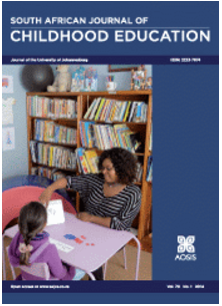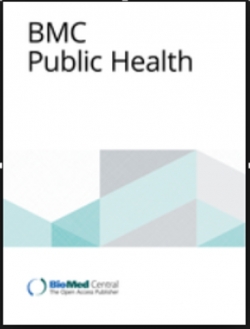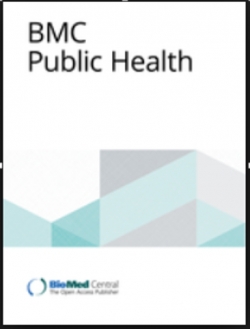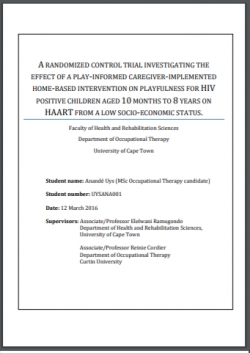BMC Public Health 15:186 Health status of primary school educators in low socio-economic areas in South Africa
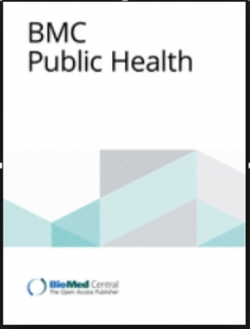
Type
E-Journal
ISSN
14712458
Category
ECCE, Foundation, Intermediate, Senior
[ Browse Items ]
Publication Year
2015
Publisher
BioMed Central, London, United Kingdom
URL
[ private ]
Pages
10 p.
Subject
Early childhood care and education (ECCE), Primary education, Educators, Teachers, Chronic diseases, Obesity, Hypertension, Diabetes, Non-communicable diseases, South Africa
Tags
Series Name
Abstract
Background: Non-communicable Diseases (NCDs) are major health concerns in South Africa. According to the life cycle approach, NCD prevention strategies should target children. Educators are important external factors influencing behaviour of learners. The objective of this study was to assess the prevalence of selective NCD risk factors in educators of primary school learners. Methods: A cross-sectional design was used to assess the body mass index (BMI) and waist circumference (WC), blood glucose (BG), cholesterol (BC), blood pressure (BP), perceived health and weight, and parental NCD history of 517 educators in the Western Cape of South Africa. Results: The sample included 40% males and 60% females; 64% urban and 36% rural, 87% were mixed ancestry, 11% white and 2% black. Mean age for the total group was 52 ± 10.1 years, BMI 30 ± 1.2 kg/m2 (31% overweight, 47% obese), diastolic BP 84 ± 10.0 mmHg, systolic BP 134 ± 18.7 mmHg (46% high BP), BG 4.6 ± 2.3 mmol/L (2% high BG), BC 4.4 ± 0.9 (30.4% high BC) and WC 98 ± 14.1 cm for males (38% high WC) and 95 ± 15.3 for females (67% high WC). BMI was higher (p = 0.001) and systolic (p = 0.001) and diastolic (p = 0.005) BP lower in females. Rural educators were more obese (p = 0.001). BMI (p = 0.001) and systolic BP (p = 0.001) were lower in younger educators. Correct awareness of personal health was 65% for BP, 79.2% for BC and 53.3% for BG. Thirty-eight percent overweight/obese females and 33% males perceived their weight as normal. Conclusion: The findings of this study demonstrated a number of characteristics of educators in the two study areas that may influence their risk for developing NCDs and their potential as role models for learners. These included high levels of obesity, high blood pressure, high waist circumference, high cholesterol levels, and high levels of blood glucose. Furthermore, many educators had a wrong perception of their actual body size and a lack of awareness about personal health.
Description
Article
Number of Copies
1
| Library | Accession No | Call No | Copy No | Edition | Location | Availability |
|---|---|---|---|---|---|---|
| Main | 803 | 1 | Yes |
